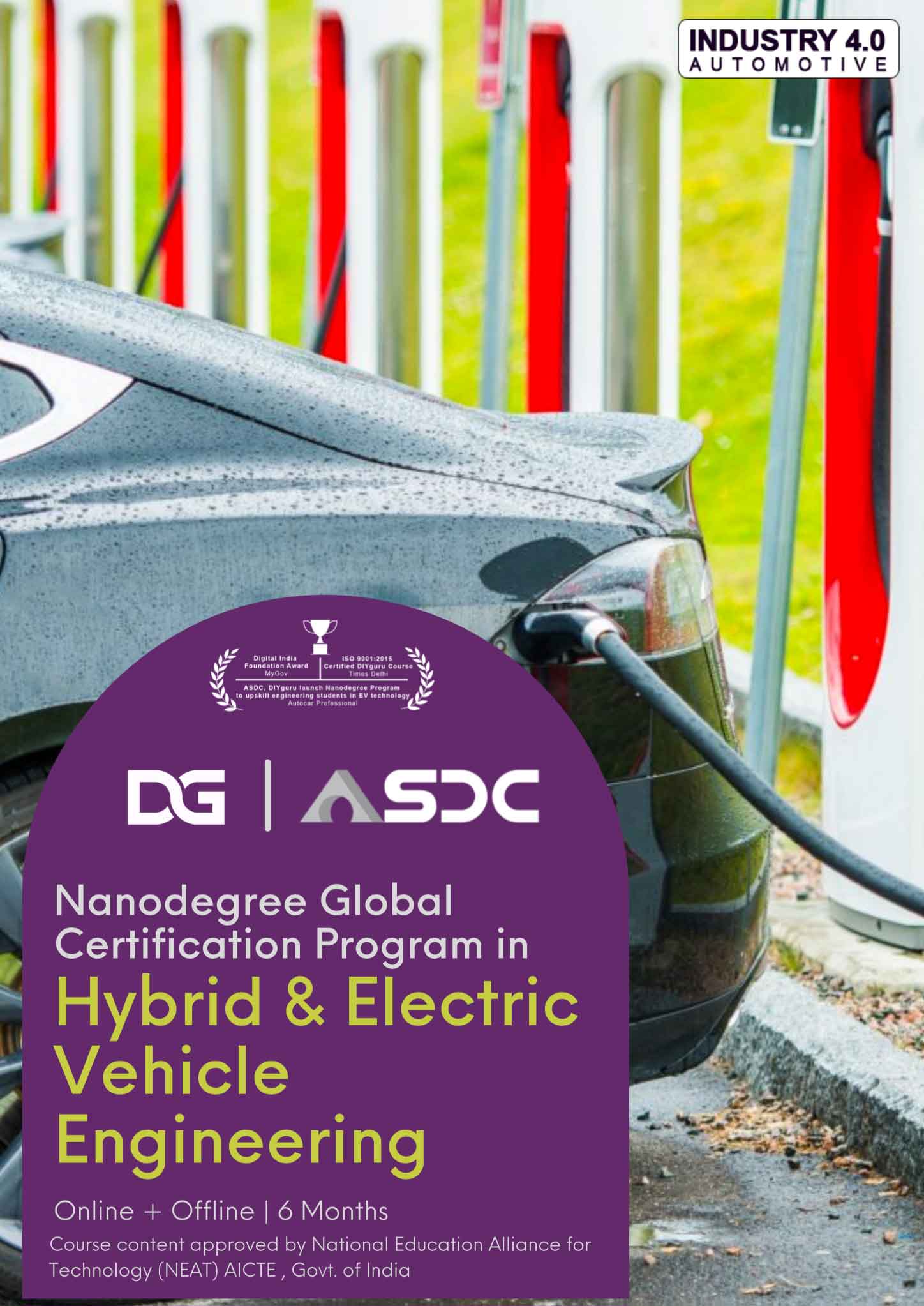Objective
Develop a Simulink model to display Vehicle Speed and distance covered for any electric vehicle.
Here I am considering the Ola S1 electric scooter.
Ola S1 Specs:
|
Mass (kerb + passenger), m
|
120 + 80 = 200kg
|
|
Air drag coefficient, Cd
|
0.6
|
|
Frontal area, A
|
0.712 * 0.116 = 0.83 m^2
|
|
Rolling resistance coefficient, Crr
|
0.015
|
|
Tyre radius, r
|
0.3 m (110/70 – R12)
|
|
Motor torque (max), T
|
58 Nm
|
Theory behind

Fig 1. Forces acting on a vehicle
The total tractive force acting on a EV can be represented as below:
Ftrac = Faero + Fgrad + Facc + Froll
Here,
Faero = aerodynamic drag force = 0.5 * ρ * V^2 * A * Cd
where,
ρ = Air density, that is normally 1.25 kg/m^3.
A = Frontal area of the vehicle in m^2
Cd = Air drag co-efficient of the vehicle (It depends on frontal area, shape, protrusions, ducts, air passage etc.)
V = Velocity of the vehicle in m/s
Fgrad = force due to gradient = m * g * sinφ
where,
m = Total mass of the vehicle(vehicle mass + payload) in kg
g = Gravitational constant that is 9.8 m/s^2
φ = up gradient angle or inclination angle in radian In this case up gradient angle(φ) = 0, as there is no inclination.
Froll = force due to rolling resistance = Crr * m * g
where,
Crr= Rolling resistance co-efficient (It depends on the tire material, tire structure, tire temperature, road roughness, road material etc.)
m= Total mass of the vehicle( Vehicle mass+ payload)
g = gravitational constant , that is 9.8 m/s^2
Facc = acceleration force = m * a
Where,
m = Total mass of the vehicle(vehicle mass + payload) in kg
a = vehicle acceleration in m/s^2
Torque & force relation
Torque, T = Ftrac * r
Where,
Ftrac = total tractive force
r = tyre radius
Software used
MATLAB-Simulink
Simulink Model

Fig 2. Variable values assigned for model simulation

Fig 3. Simulink main model

Fig 4. Subsystem for rolling resistance calculation

Fig 5. Subsystem for gradient force calculation

Fig 6. Subsystem for aerodynamic drag force calculation
Result
Simulation output for 500 seconds duration:

Fig 7. Logged simulation signal waveforms
Final speed of the vehicle = 82.62 km/hr
Total distance covered = 11.03 km
Conclusion
Here we have designed a closed loop system to derive the speed of the vehicle based on the given parameter values. Dividing the Motor torque by wheel radius we are able to calculate the traction force of the vehicle, then subtracting other forces from the total tractive force we have calculated Inertia of the vehicle. From there we derived the acceleration of the vehicle. Then after that after integrating the acceleration we are able to get the speed and finally after 2nd integration we have calculated the distance covered by the vehicle.


















 Course work & interactions are 100% online.
Course work & interactions are 100% online.












0 responses on "Simulink Model to Calculate Vehicle Speed from Motor Torque"